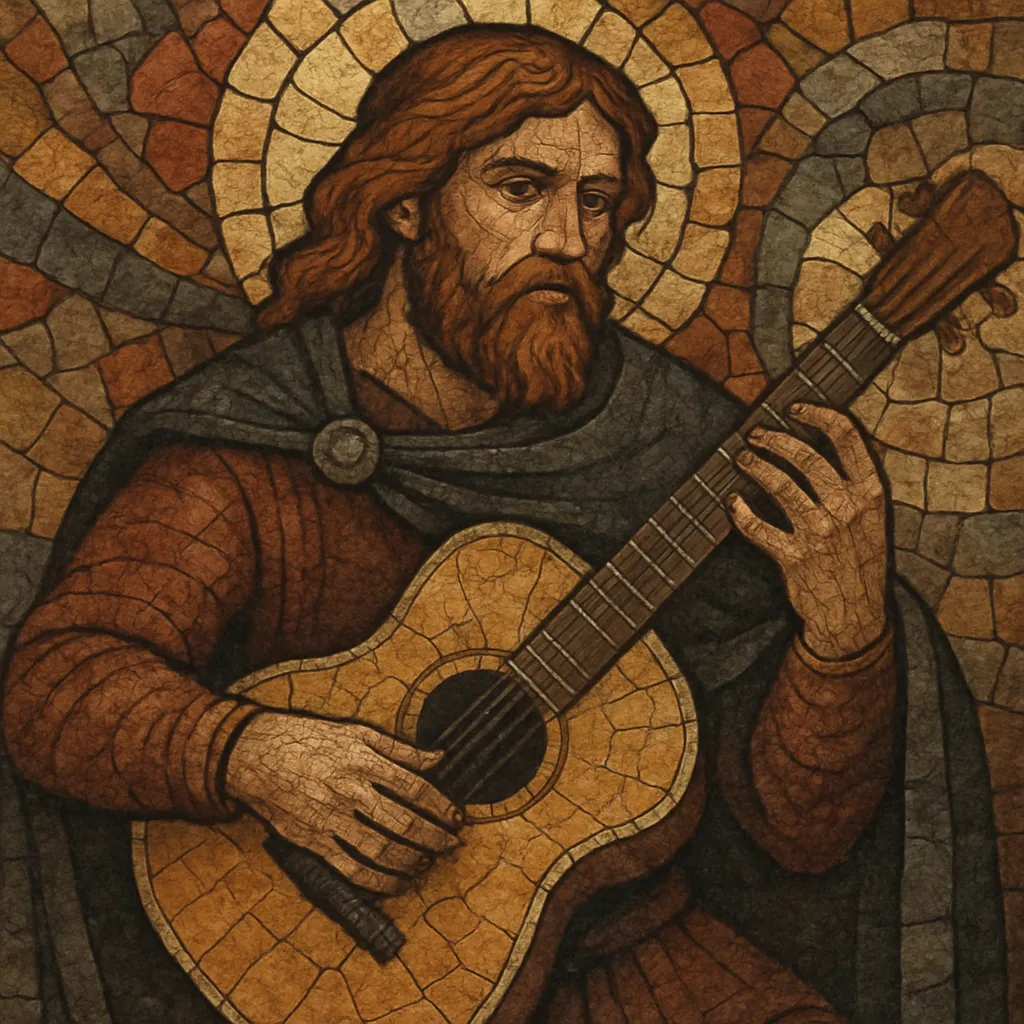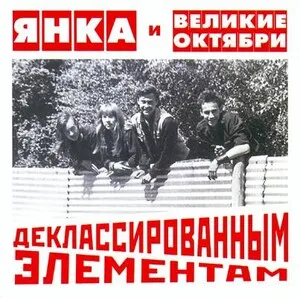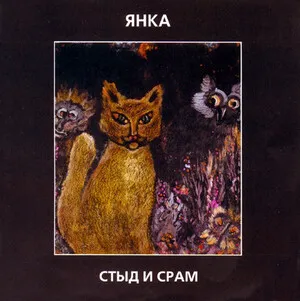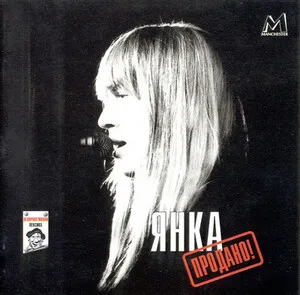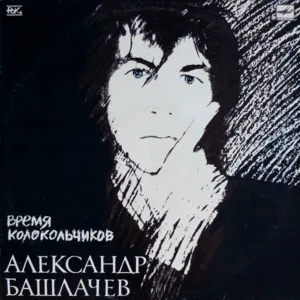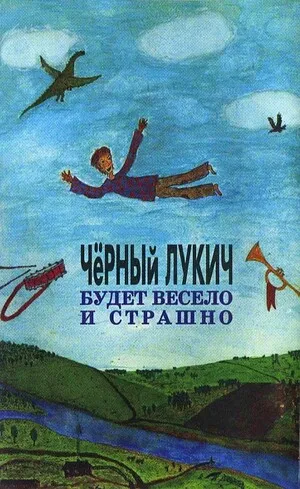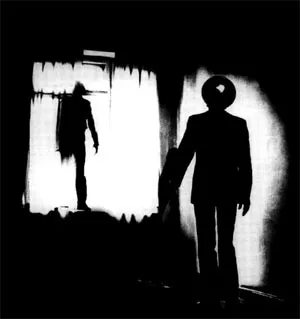Bard rock is a lyrically driven strain of rock that fuses the Soviet/Russian bard (avtorskaya pesnya) tradition of the singing poet with the textures and energy of rock and folk-rock bands.
It foregrounds storytelling, social commentary, and confessional poetry, typically delivered with clear diction and emotive, sometimes rough-hewn vocals. Arrangements range from acoustic guitar–centered tracks to fuller ensembles with electric guitar, bass, drums, and occasional keyboards or flute, while harmony stays largely diatonic with frequent minor modes and modal inflections.
The result is music where text leads and instrumentation supports, balancing intimacy with the broader dynamics and hooks of rock.
Bard rock emerged in the 1970s in the Soviet underground as bands and singer‑songwriters began grafting the poet‑with‑guitar ethos of avtorskaya pesnya onto rock frameworks. While the bard tradition prioritized text, minimal accompaniment, and performance in intimate settings, younger artists sought the expressive range and audience reach of rock ensembles.
In the 1980s, especially around the Leningrad Rock Club and parallel scenes in Moscow and other cities, the style coalesced. Groups like Aquarium, Mashina Vremeni, and later Kino and Nautilus Pompilius amplified bardic lyricism with electric instrumentation, steady backbeats, and memorable choruses. The emphasis remained on literary content—social observation, spiritual search, and personal reflection—while production values and live performance practices aligned with rock.
Bard rock kept the bard’s narrative voice front and center. Songs often used strophic, ballad-like forms, moderate tempos, and minor keys (with modal color), leaving space for words to breathe. Instrumental breaks were concise and supportive rather than virtuosic showcases.
The approach shaped the lyric-centered identity of post‑Soviet rock and continues to inform Russian and CIS alternative and indie rock scenes. Its influence is heard wherever poetic storytelling meets rock songwriting, from intimate acoustic sets to full-band arrangements.

